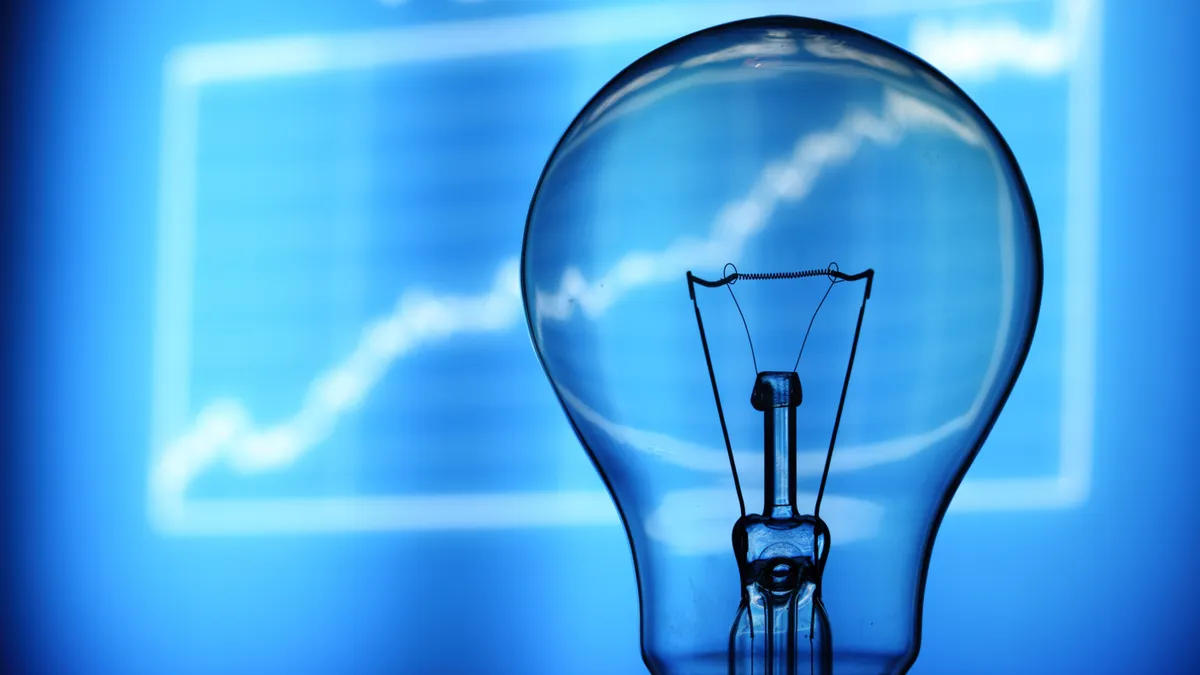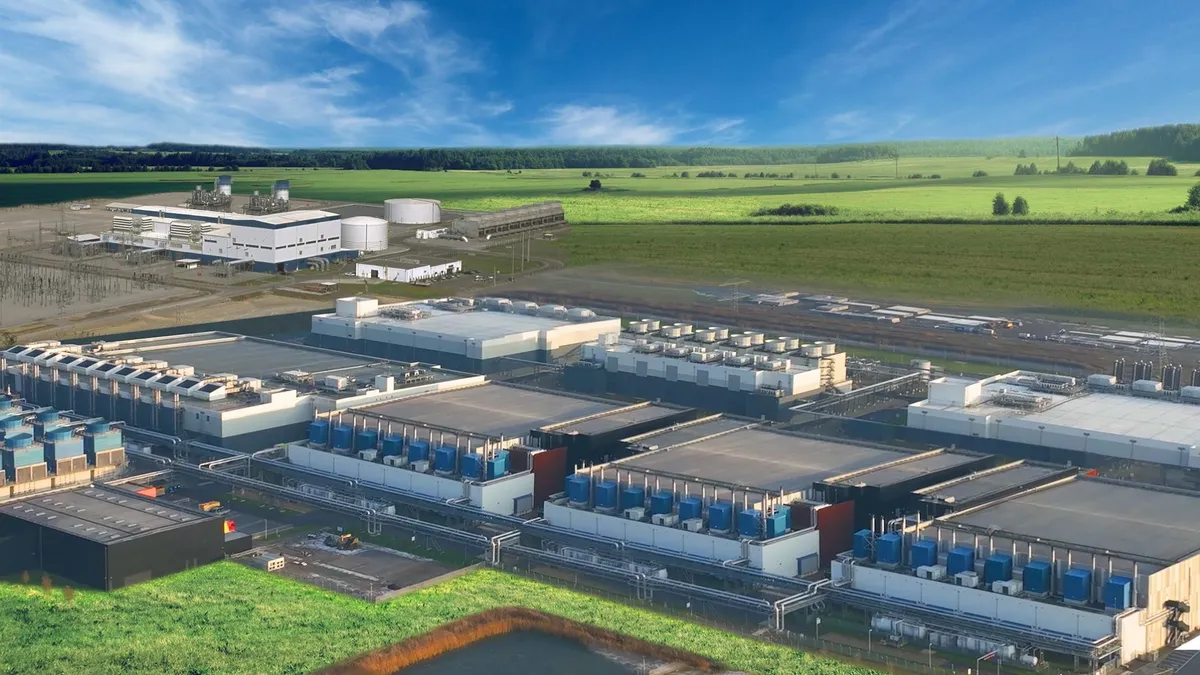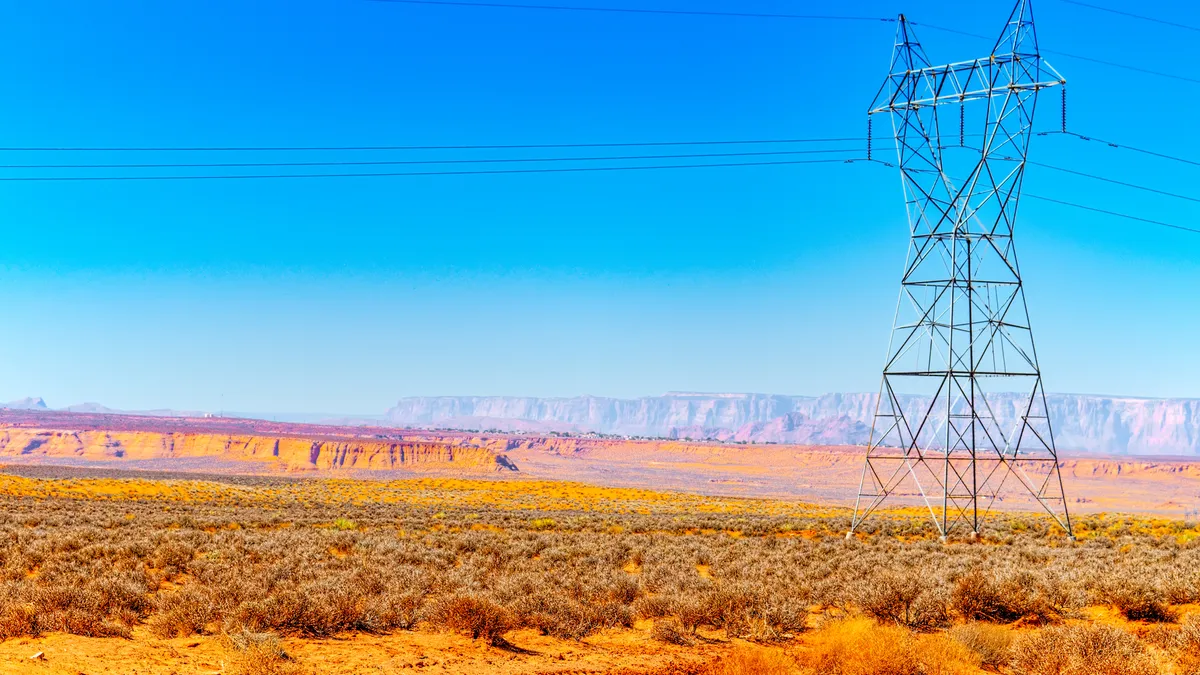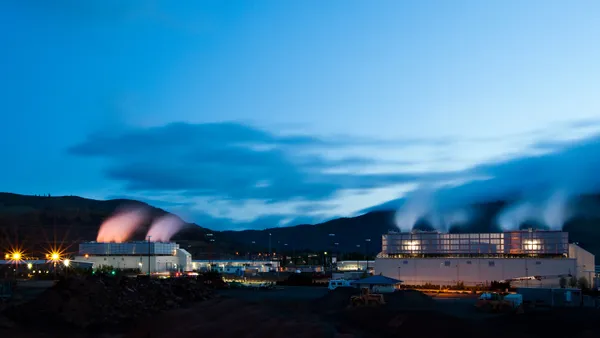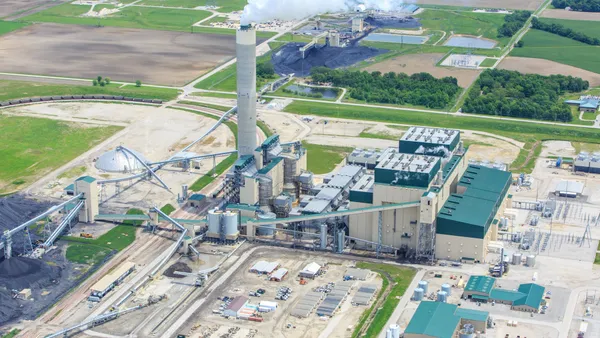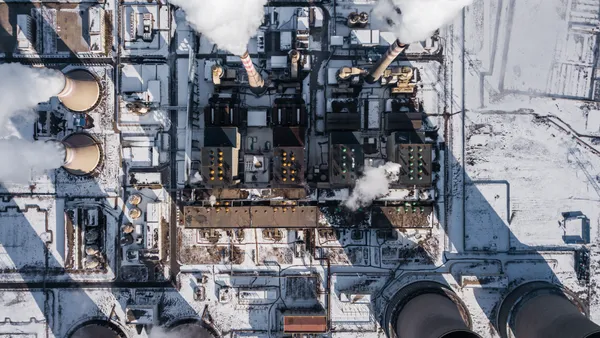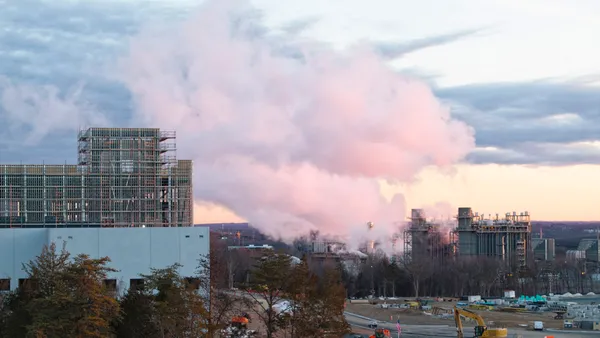Dive Brief:
- There were 3.7 trillion kWh of electricity sold in the United States last year, and the Energy Information Administration expects that figure to rise 0.7% annually through 2040, with growth slowed by a decline in energy intensity.
- In the residential sector, sales will grow just 0.3% annually, slowed by efficiency but still increasing due to a rise in the number of households. The average amount of electricity purchased per household is expected to fall more than 11% by 2040.
- While the residential sector is currently the largest consumer of power in the U.S.. commercial sales will top them by the early 2020s thanks to an 0.8% annual rise in sales.
Dive Insight:
EIA expects overall electricity sales to rise over the next quarter century, but slowly, thanks to increases in energy efficiency that will flip the largest consuming sectors. This news comes after the EIA reported total electricity sales fell 1.1% in 2015, marking the fifth year in a row sales have dropped.
In the residential sector, total households will grow at more than twice the rate of overall energy consumption. EIA is anticipating a 0.8% annual rise in households each year over the next 25 years, compared with 0.3% annual power sales growth.
By 2040, EIA expects the average household to be purchasing 11.3% less electricity.
"Federal efficiency standards for most major end uses, including lighting, space cooling and heating, and water heating, as well as state and local building energy codes, are the main reasons," the agency said.
Sales in the commercial sector will increase at an average annual rate of 0.8% from 2015 to 2040, as floor space increases 1.1% annually. EIA said federal energy efficiency standards, "as well as technological improvements in lighting, refrigeration, space heating, and space cooling, contribute to the decline in electricity intensity."
Industrial sales will rise 1.1% each year, EIA said, from 1 trillion kWh in 2015 to 1.2 trillion kWh in 2040. Energy intensity in that sector is helped by "the adoption of more energy-efficient technologies and structural changes in the economy toward less electricity-intensive industries."
EIA's reference case reflects implementation of the U.S. Environmental Protection Agency's Clean Power Plan, and assumes consumers will receive subsidies of 10% or 15% between 2020 and 2025 for energy efficient appliances, equipment, and building improvements.



